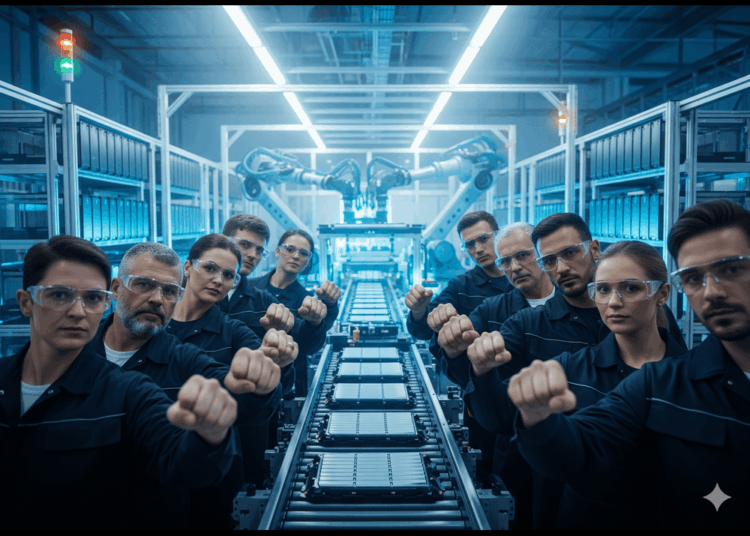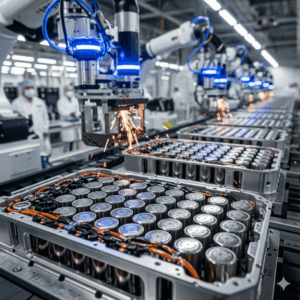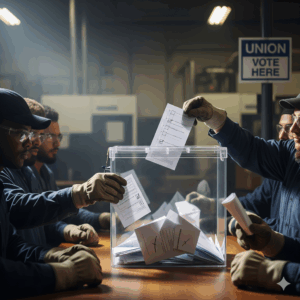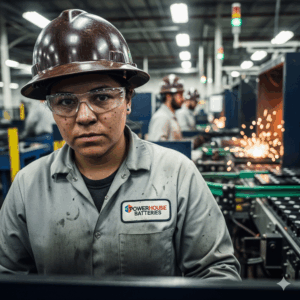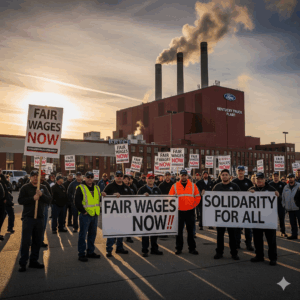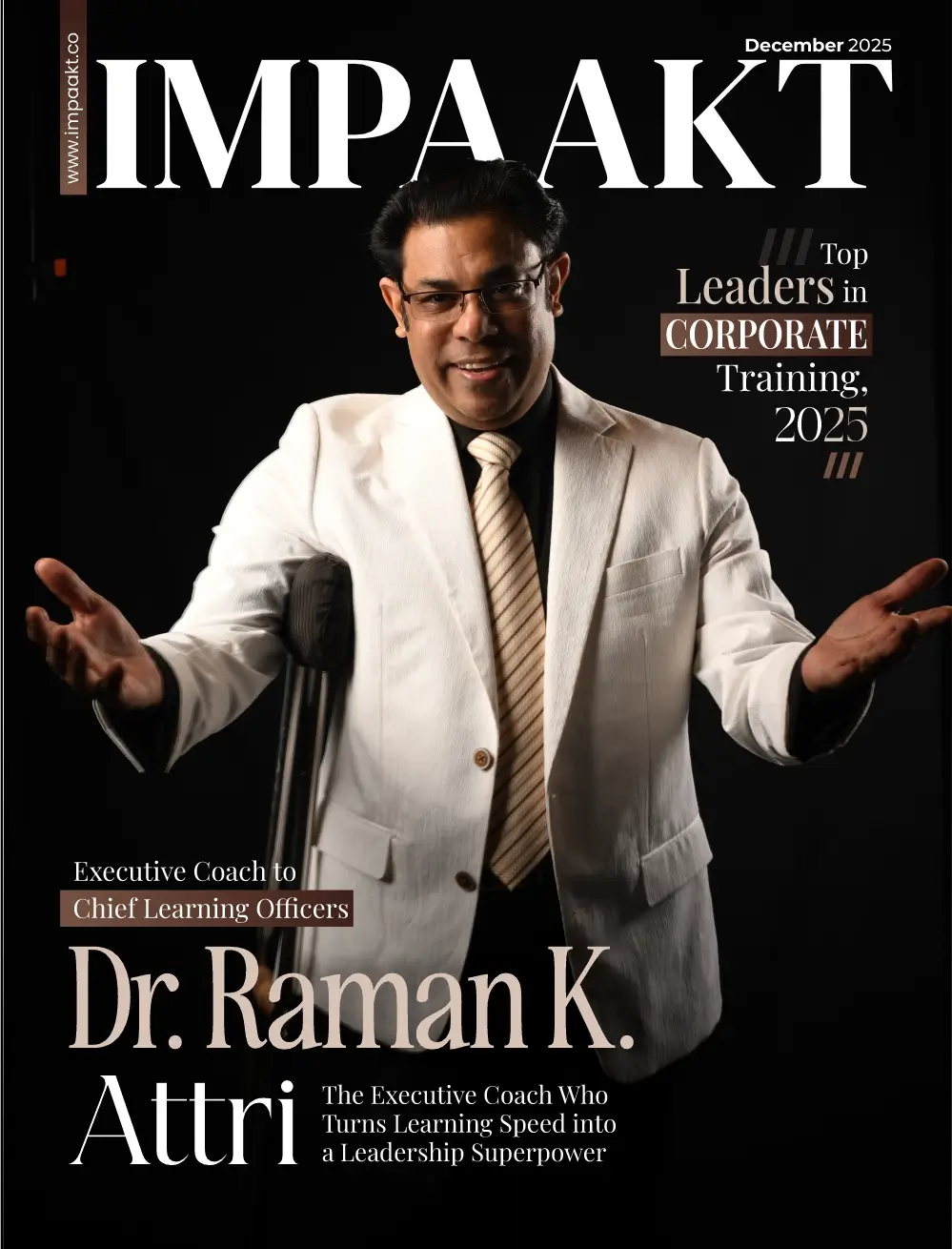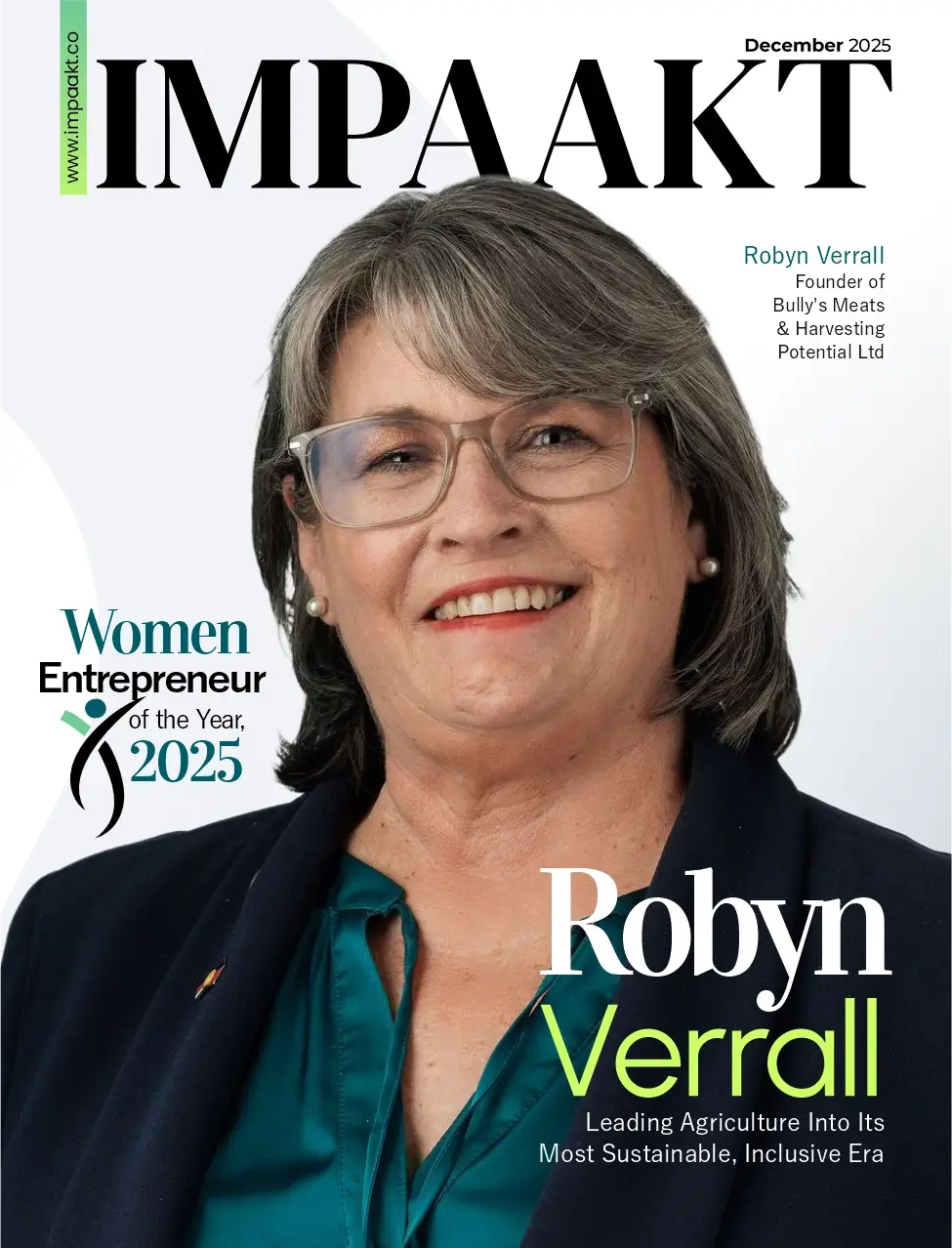In a significant development for U.S. labor movements, the UAW union vote at Ford’s joint-venture battery plant in Kentucky has resulted in a victory for the United Auto Workers (UAW). The announcement came on Wednesday, with the union declaring that workers at the facility chose to unionize despite ongoing challenges over contested ballots. This outcome represents a milestone in the UAW’s broader effort to strengthen its presence across the electric vehicle (EV) supply chain.
The plant, a key component of Ford’s electric future, is among several facilities established to produce EV batteries. The successful UAW union vote not only signals growing momentum for organized labor in the EV sector but also raises questions about employer strategies, labor rights, and the future of union representation in next-generation manufacturing.
UAW Declares Victory Despite Challenges
According to UAW, the vote at the Kentucky battery joint venture clearly favored unionization. However, the results remain under partial dispute due to 41 challenged ballots that the union claims are illegitimate.
“We believe they are illegitimate and represent nothing more than an employer tactic to flood the unit and undermine the outcome,” UAW said in a statement. The union is urging Ford and its joint-venture partner to acknowledge what it calls the “democratic decision” of the workforce.
At present, the National Labor Relations Board (NLRB) has not issued an official statement regarding the disputed ballots. Likewise, Ford has yet to comment publicly. Still, the declaration marks a major step for the union in one of the most critical industries shaping the future of transportation.
Why the UAW Union Vote Matters
The UAW union vote at Ford’s battery plant highlights the broader struggle between labor rights and corporate interests within the EV industry. As automakers pivot toward electrification, unions have been working to secure a foothold in the rapidly expanding EV supply chain.
Battery plants, in particular, are at the heart of the transition, representing billions in investment and thousands of jobs. For the UAW, securing representation at these facilities ensures that workers benefit from fair wages, safe conditions, and job security—issues often at risk when industries undergo massive transformation.
By winning this vote, the UAW strengthens its bargaining power not only with Ford but across the entire automotive sector. It also sends a message to other battery and EV plants: workers have the right and ability to unionize successfully, even when facing pushback from employers.
Employer Tactics and Worker Resistance
Union elections often involve disputes, and this case is no different. The UAW has accused Ford and its partners of attempting to dilute the vote by introducing illegitimate ballots. Such tactics, if proven true, underscore the ongoing tension between corporations and organized labor.
Labor experts note that these disputes are not uncommon, especially in industries undergoing rapid change. The UAW’s ability to push forward despite these challenges reflects not only organizational strength but also the determination of workers to be heard.
The Future of Unionization in the EV Industry
The UAW union vote at the Kentucky battery plant is part of a much larger movement. As the automotive sector shifts from traditional combustion engines to electric power, the stakes for both workers and unions grow higher.
For the UAW, each victory at a battery facility establishes a stronger foundation for negotiations on wages, benefits, and long-term job protections. For automakers, it adds another layer of complexity to their EV rollout strategies.
Observers expect that this win will energize labor movements at other EV battery plants, particularly those tied to major automakers like General Motors, Stellantis, and Tesla suppliers. As unionization gains traction, the future of the EV workforce could look vastly different—more organized, more secure, and better protected.
Conclusion
The UAW’s declared victory in the Kentucky UAW union vote marks a turning point in the EV industry’s labor landscape. While challenges over ballots remain unresolved, the broader implications are clear: organized labor is making its presence felt in the factories that will define the future of transportation.
Whether the NLRB upholds the results or not, this moment highlights the resilience of workers and the enduring relevance of unions in shaping fair labor practices. For the UAW, this win is not just about one plant—it is about setting the tone for an industry in transition.
Stay updated with labor and business insights in top business magazine IMPAAKT—your source for real impact stories.
